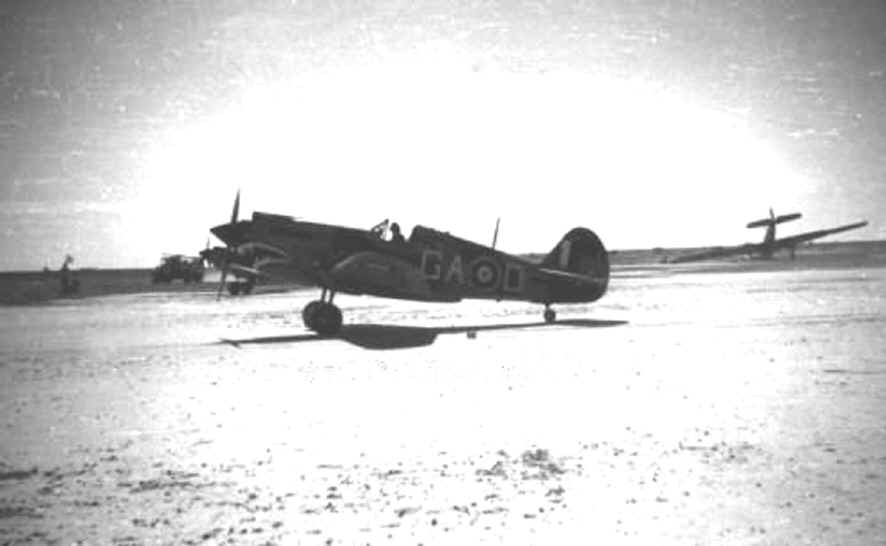
RAF 112 Squadron Photos 1941
I thought that £1.25 per month (UK pounds) would be reasonable but I am open to suggestions. This is not a requirement so please continue to use to site as before and contact Rob at [email protected] if you wish to discuss content but any help would be appreciated. The email addresses would take the form of. [email protected].
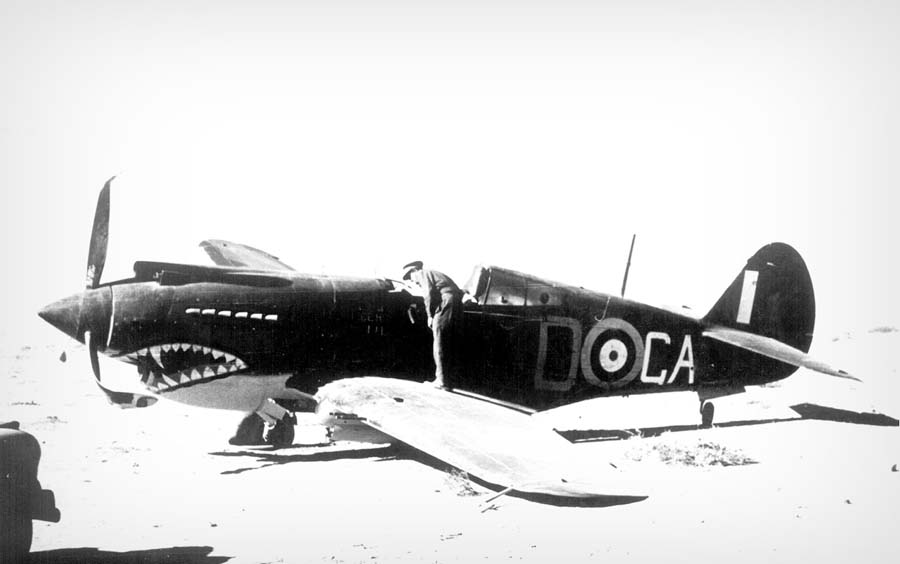
RAF 112 Squadron Photos 1941
The first Tomahawk fighter to see combat belonged to the No. 112 Squadron of the British Royal Air Force over North Africa; they noted the Tomahawk fighters' ability to absorb battle damage.
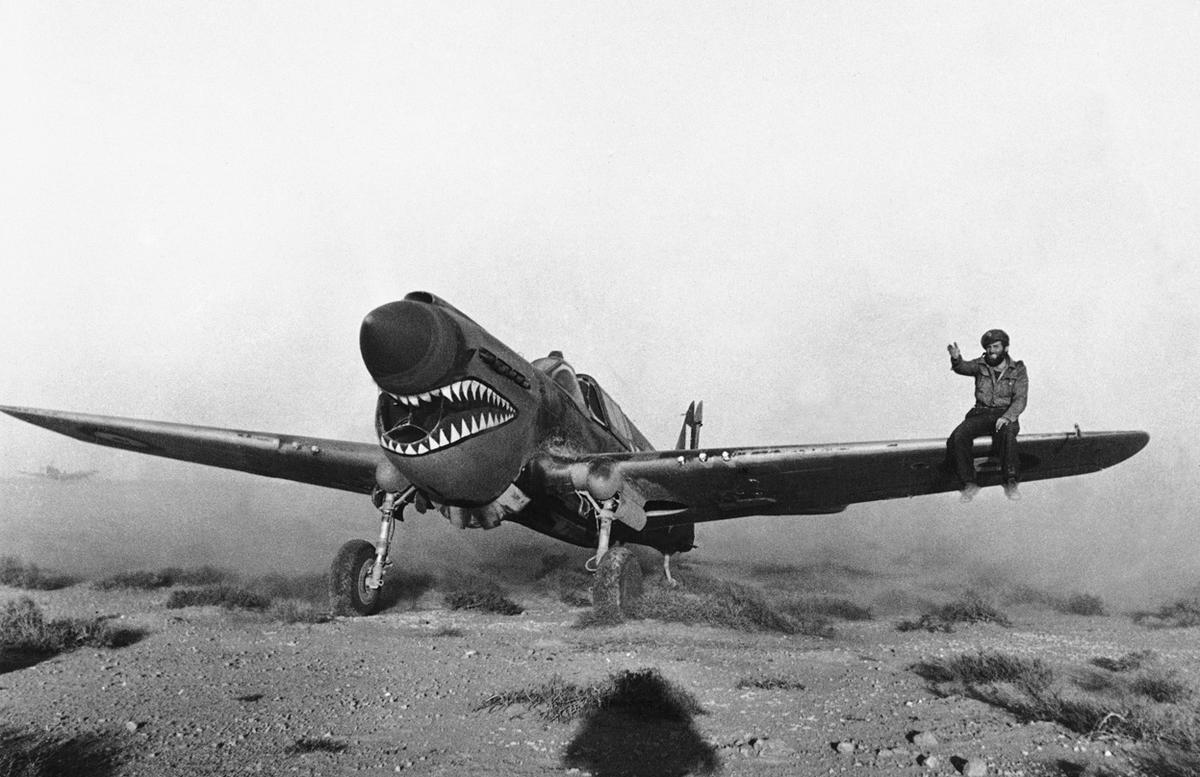
[Photo] Kittyhawk Mark I fighter with the RAF 112 Squadron taxiing through the scrub of the
Kittyhawks of No 112 "Shark" Squadron RAF, 239 Wing DAF, in not so sunny Italy, autumn-winter 1943-44, Foggia. Soon to be replaced by Mustangs.

112 SQUADRON’S LAST KITTYHAWK VICTORIES Wwii plane art, Airplane art, Aviation art
North American Mustang Mk. IVA, 112 Squadron, Royal Air Force, Cervia, Italy, May 1945. Here is the final piston-engined aircraft type operated by 112 Sqn, the Mustang IVA (P-51K); a mixture of Mk.IV's (P-51D) and IVA's were operated from February 1945 until December 1946. Up to approximately the end of hostilities in Europe these Mustangs.

Photo Pilot of the 112th RAF Squadron Alfred Costello against the background of his fighter P
No. 112 Squadron was a squadron of the Royal Air Force. It served in both the First World War and Second World War and was active for three periods during the Cold War. It is nicknamed "The Shark Squadron", an allusion to the fact that it was the first unit from any air force to use the famous "shark mouth" logo on Curtiss P-40s. [2] Contents

P51 GAQ of No. 112 Squadron RAF World War Photos
112 Squadron RAF 112 'Shark' Squadron The Menace Tomahawk IIB AN218, coded 'B' and named 'Menace' was flown by Flying Officer Neville Bowker. These shots were among the first group of photos to be released showing 112 Squadron's then-new sharkmouth motif, providing inspiration for the A.V.G. in China/Burma to decorate their P-40s
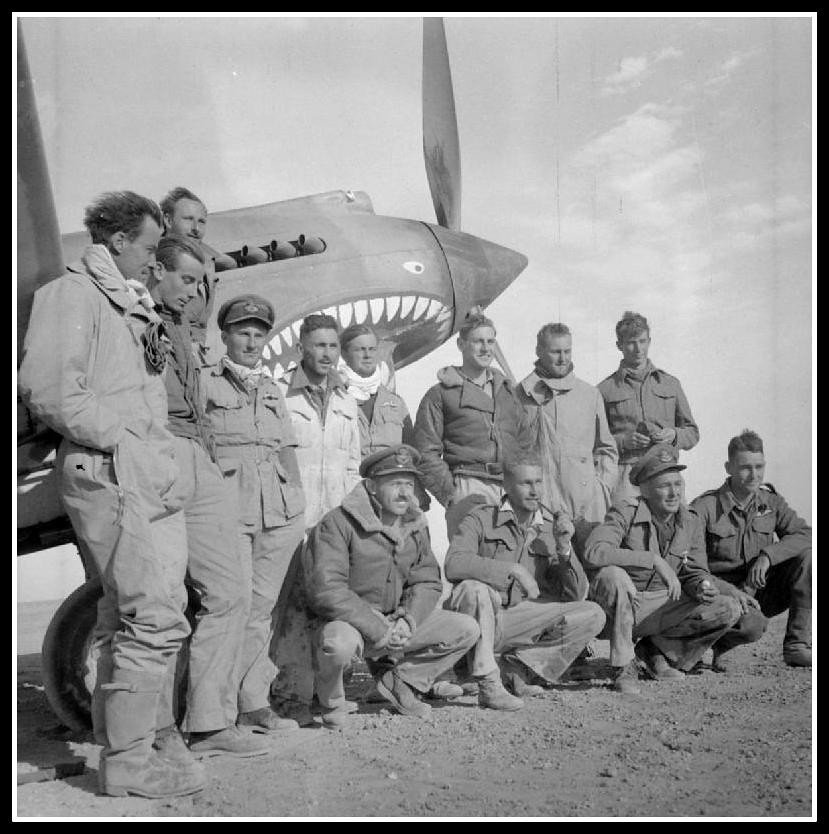
Pilots of No. 112 Squadron RAF grouped round the nose of o… Flickr
No.112 Squadron served as a fighter squadron during the Second World War, first as a Gladiator equipped squadron in North Africa and Greece, then as a Tomahawk and Kittyhawk squadron in North Africa, Sicily and Italy, and finally as a Mustang squadron.
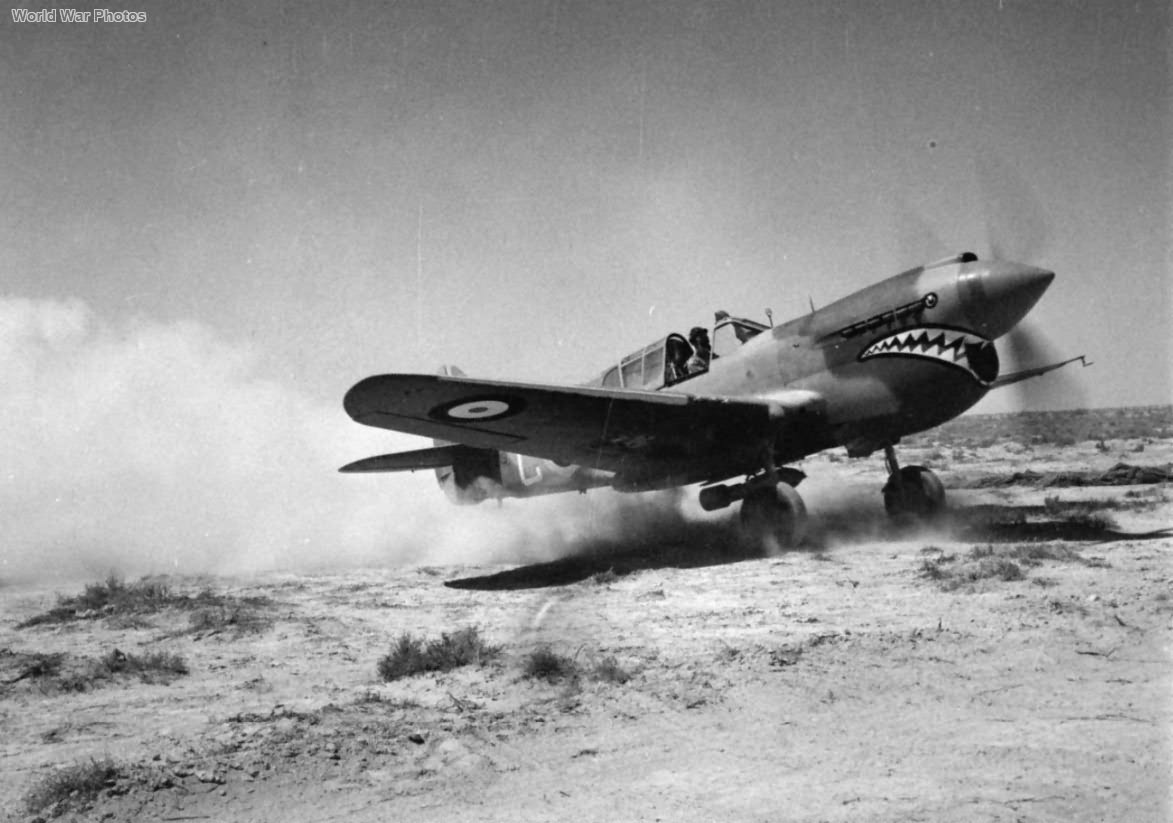
Curtiss Kittyhawk Mk I AL219 GAC of No. 112 Squadron RAF, Western Desert World War Photos
During the summer of 1941, No. 112 Squadron RAF, which had lost all its Gloster Gladiators in Greece the previous spring, was re-equipped with Tomahawks. Its pilots took one look at their sleek new mounts and decided that the P-40's cowling would make an ideal place to paint the squadron badge, a black cat. The results, however, looked more.
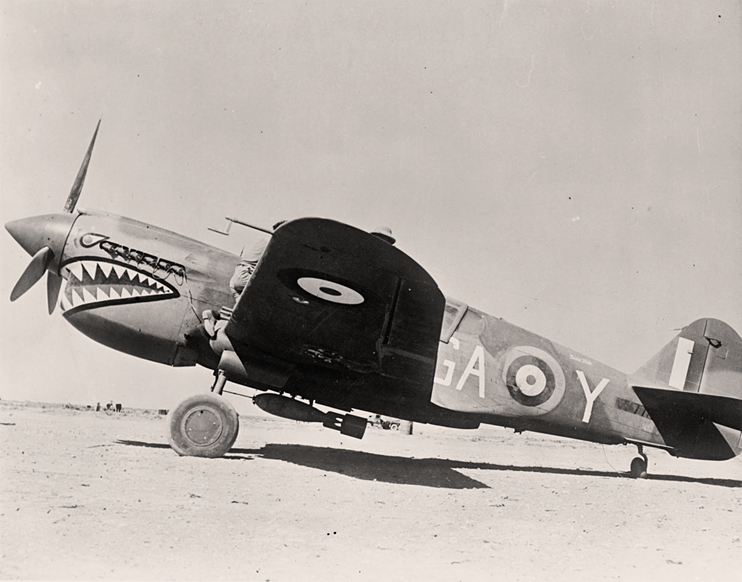
112 Squadron RAF
112 Squadron was formed at Throwley aerodrome on 30th of July 1917 and served as a Home Defence Squadron until it was disbanded in June 1919. It was reformed aboard the aircraft carrier HMS Argus in Portsmouth on 16th May 1939. It immediately set sail for Egypt and arrived there ten days later.
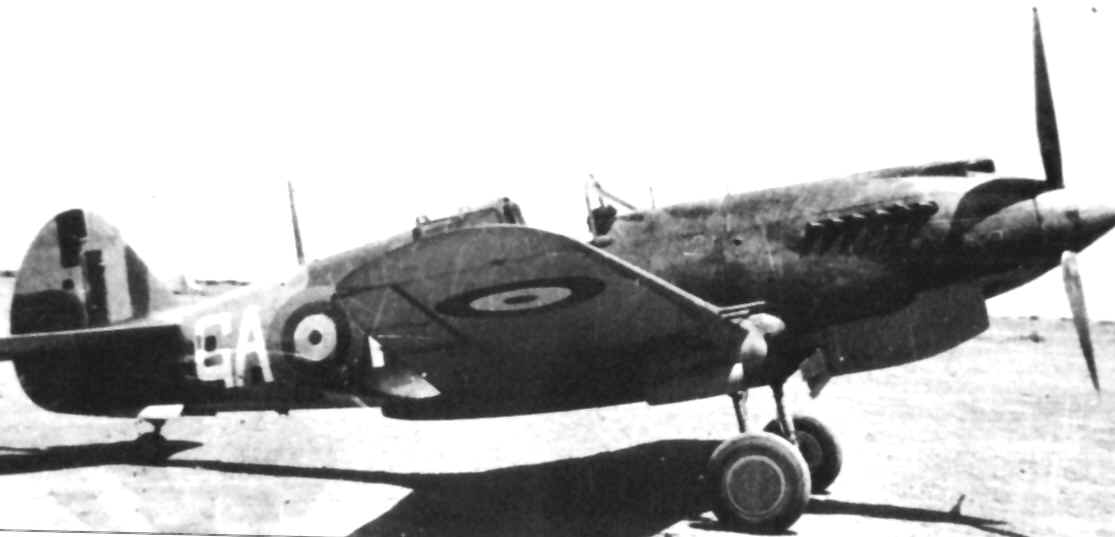
RAF 112 Squadron Photos 1941
No.112 Squadron, RCAF, was an army co-operation squadron that moved to Britain in the summer of 1940 and was largely engaged in training, before becoming No.2 Squadron, RCAF in December 1940.. The squadron was moved to Old Sarum, the location of the RAF's School of Army Cooperation, where in June it was equipped with the Lysander.
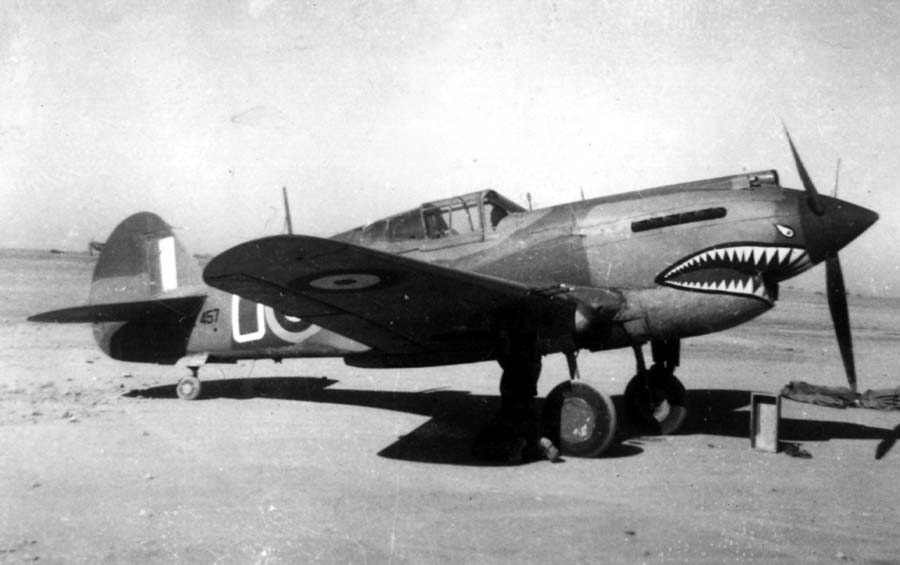
Plane Talking HyperScale's Aircraft Scale Model Discussion Forum Another P40 cockpit color
No 112 Squadron formed at Throwley as a home defence unit. The squadron undertook day and night interceptions of German bombers attacking London until the end of the war. It disbanded on 13 June 1919.. The Royal Air Force Museum is incorporated by Royal Charter (RC000922) and is a charity registered in England and Wales (1197541)
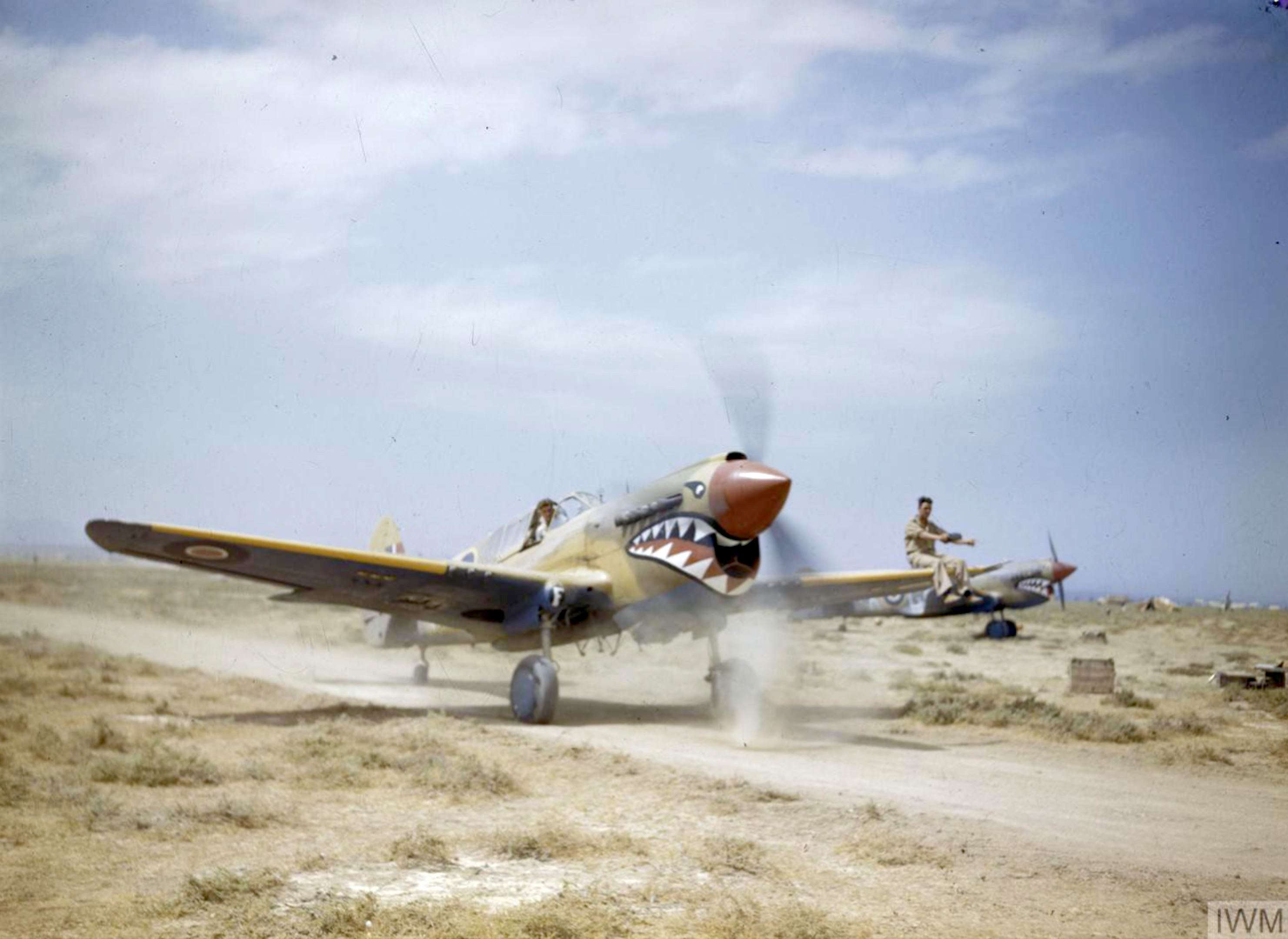
Curtiss P40M Kittyhawk RAF 112Sqn GA? flown by Sqn Ldr Billy Drake ET790 Gazala 1942
112 Plane Codes Tomahawk Mk. I RAF version of the P-40, 4 wing guns, 2 nose guns. Redesignated as Tomahawk Mk. II after modifications. Curtiss Buffalo, New York (CU) (RAF) AH741 / AH840 (RAF) AH841 / AH880, Tomahawk II was the designation given to a new and improved export Tomahawk, one which was better equipped for combat.

RAF 112th Squadron Blazer Badge London Embroidery School
Pilots of No. 112 Squadron RAF photographed on reaching the end of their tour of operations in North Africa, 1942- Flight Lieutenant D F "Jerry" Westenra, Flying Officer N F Duke and Flight Lieutenant P H "Hunk CM2504.jpg 2,256 × 1,772; 871 KB. Royal Air Force Operations in the Middle East and North Africa, 1939-1943. CM1820.jpg 795 × 800; 85 KB.
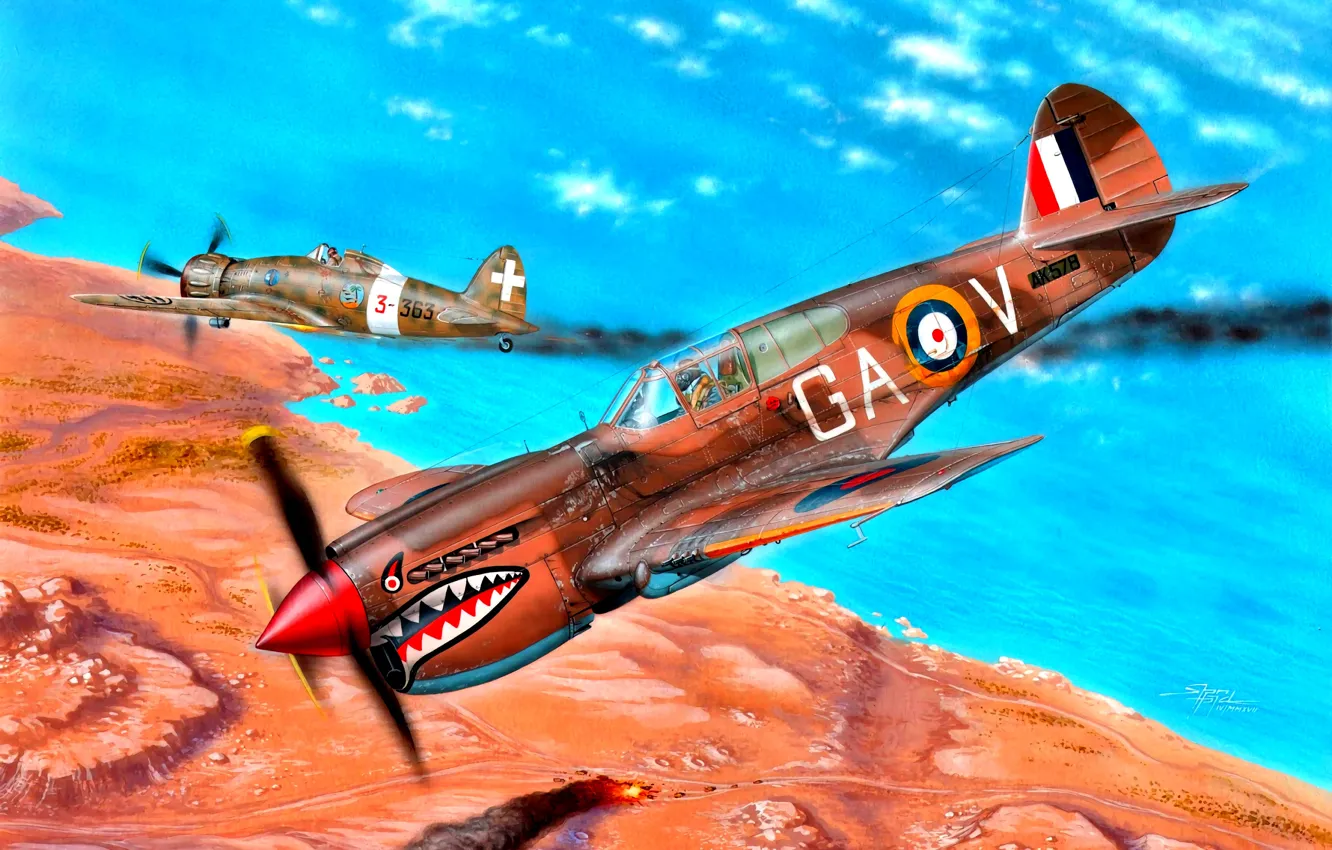
Wallpaper RAF, P40, Saetta, North Africa, WWII, Regia Aeronautica, 112 Squadron, Macchi C. 200
RAF 112 Squadron Photos 1941 George Walton McKeag, collection via his son Ian, even though the photo is labeled 1942, the above photo is a Tomahawk which replaced the Gladiators on or about 29/06/41, the Tomahawk was replaced by the Kittyhawk on or about 29/12/41
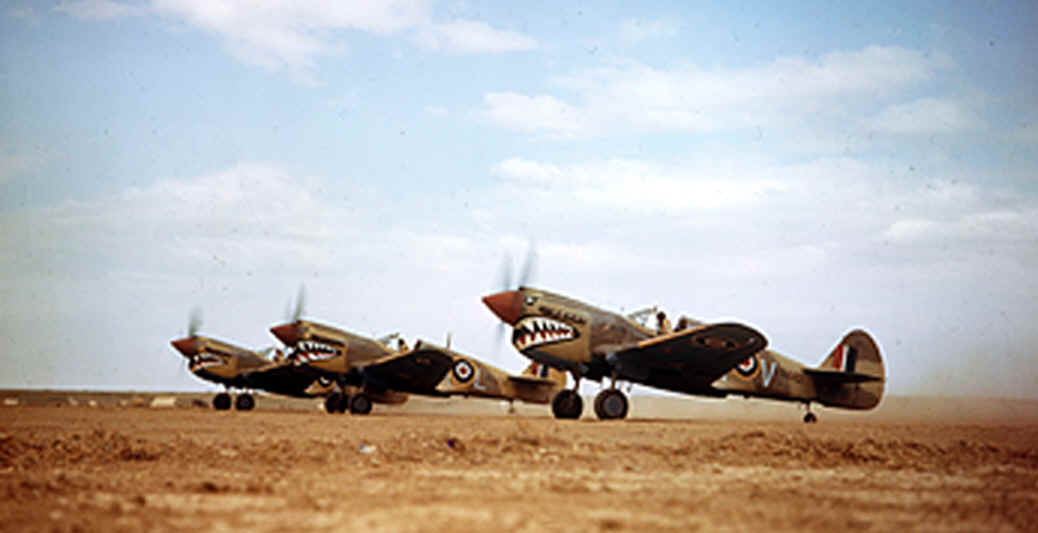
WWII P40 found in N African desert after 70 years Page 2 Boats, Planes & Trains
The white code "A7" probably indicates aircraft number 7 of 'A' Flight of the Squadron. 112 exchanged their Pups for Sopwith Camels from March 1918. Sopwith F.1 Camel, 112 Squadron, Royal Air Force, Throwley, Kent, August 1918. The F.1 Camels that re-equipped 112 Sqn from March 1918 carried no actual squadron markings as such, each.
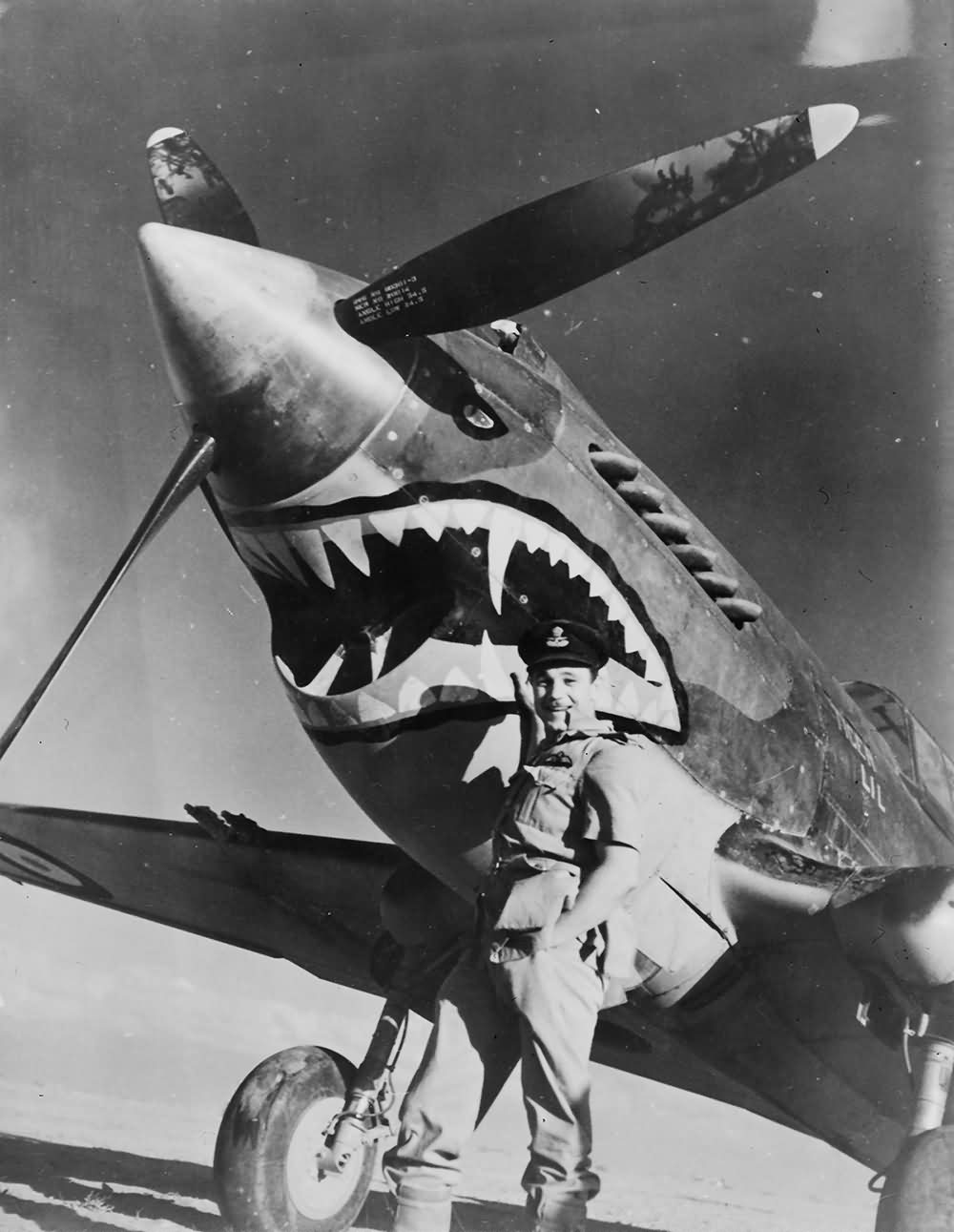
Curtiss P40 Tomahawk of No 112 Squadron RAF 1941 World War Photos
First World War The squadron was formed as No. 112 Squadron of the Royal Flying Corps on 30 July 1917 at Throwley Aerodrome, Kent, England for air defence duties protecting the London area. It was equipped initially with Sopwith Pups and received Sopwith Camels in 1918.